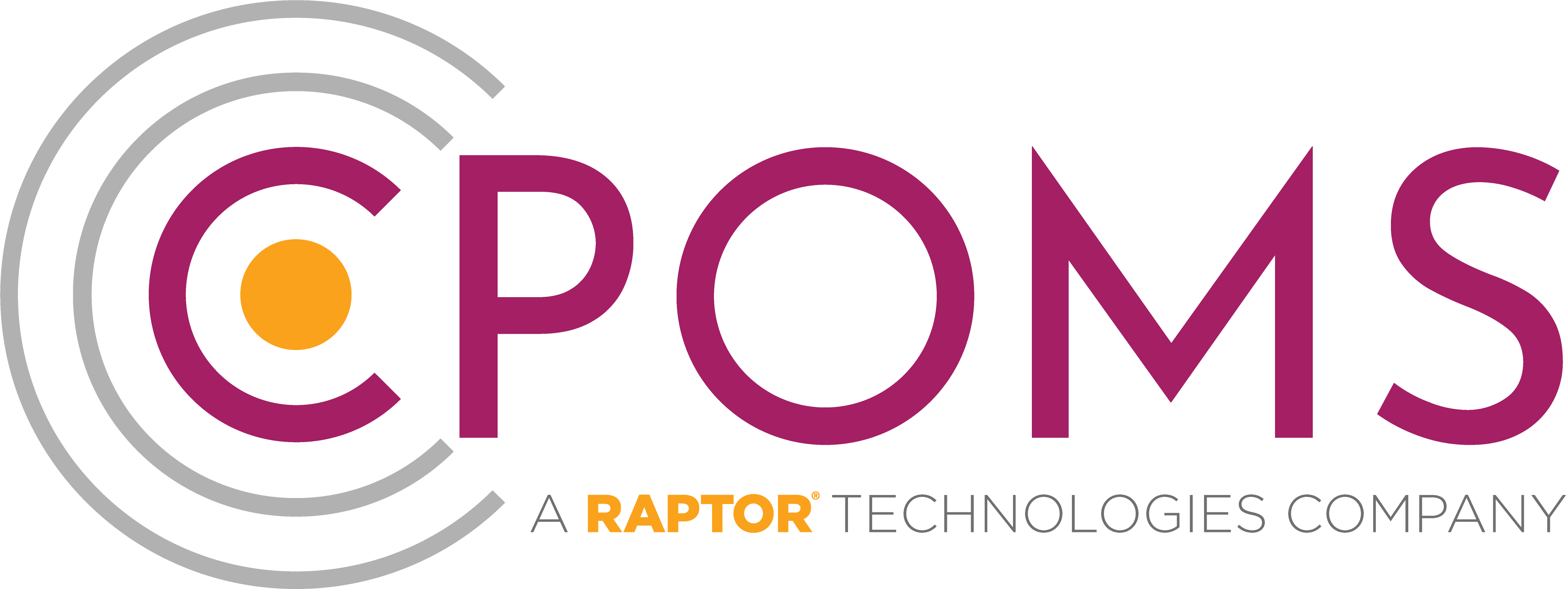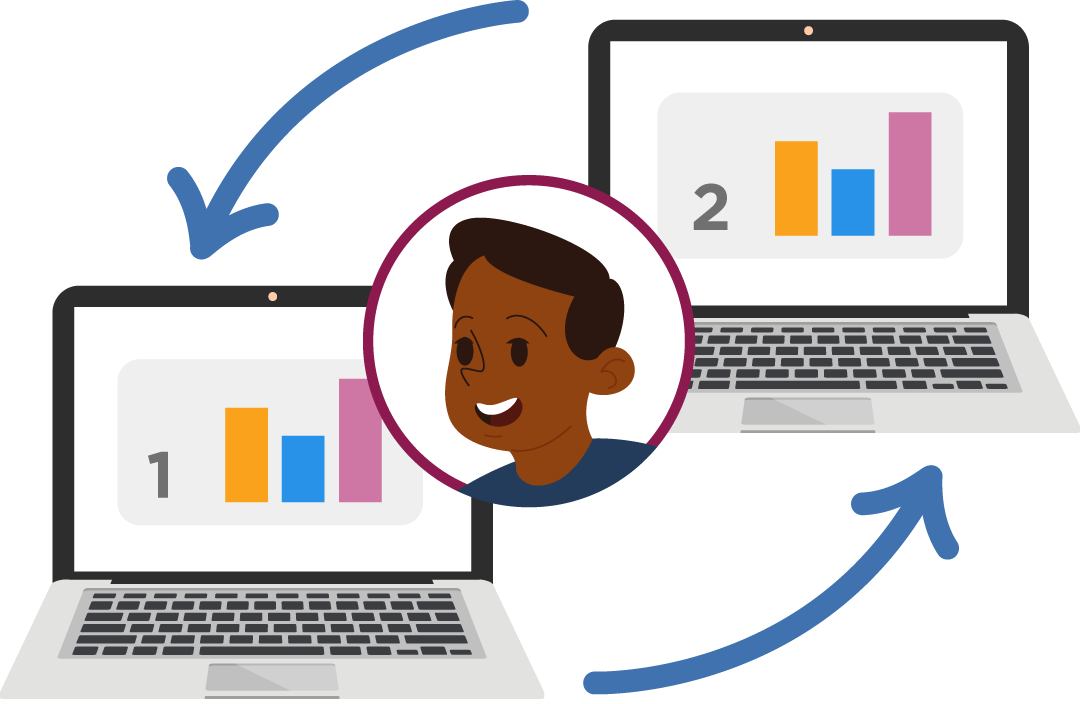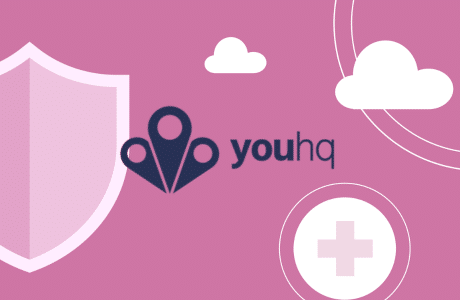The number of children in and being referred to Alternative Provisions (APs) including Pupil Referral Units (PRUs) continues to grow. According to Ofsted, the number of primary school children attending APs has risen by 27% since 2017, with the total number of pupils increasing by 14% to more than 45,000. As a result, APs are facing huge capacity pressures, adding to the existing challenges of the backlog of the pandemic, the ongoing cost-of-living crisis and strains on funding across schools.
Since these settings provide either full or part-time education, children who attend them are often dual registered, splitting their time between the AP/PRU and their mainstream school or attending the AP/PRU for a period of time before reintegrating back into the mainstream school or other setting. This can make it difficult for safeguarding leads to build a full picture of the circumstances surrounding individual students, which is vital for successfully identifying any safeguarding concern.
The importance of information sharing between settings
The Department for Education’s Keeping Children Safe in Education (KCSIE) guidance states that mainstream schools maintain responsibility for safeguarding children when they attend an AP or PRU, and for ensuring that the needs of each child are met. It also states that the cohort of pupils in alternative provision often have complex needs, and it is important that governing bodies and proprietors of these settings are aware of the additional risk or harm that their pupils may be vulnerable to, such as bullying and mental health issues.
Alternative provision is growing across the education system, with the biggest growth in primary schools. These younger pupils are also more likely to return to mainstream education than older, secondary-age pupils according to a recent study carried out by the Department for Education.
The above highlights the need for both the APs/PRUs and mainstream schools – particularly primary school leaders – to ensure they have effective safeguarding systems in place that enable the sharing of sensitive pupil chronologies across settings. This will help safeguarding leads to be able to effectively monitor and share safeguarding concerns of pupils both during and outside of their placements in alternative provisions.
The importance of a joined-up approach
While the KCSIE guidance states that schools maintain responsibility for safeguarding children when they attend an AP or PRU, it also highlights that no single practitioner can have a full picture of a child’s needs and circumstances.
If children and families are to receive the right help at the right time, everyone who comes into contact with children has a role to play in identifying safeguarding concerns, sharing information with the appropriate agencies and taking prompt action.
This requires collaboration across settings in the form of a joined-up approach between APs/PRUs, mainstream schools and local authorities. This helps organisations to join the dots and take action to prevent children from being overlooked.
How can safeguarding software help?
With PRUs and APs already facing capacity pressures, as well as unique challenges in supporting children with complex needs, the ability to quickly and securely communicate safeguarding concerns across settings and with the local authority for dual registered students is critical.
CPOMS Engage removes information silos across settings and agencies via its unique Share Contract so authorized staff can easily view a more complete picture of a child’s wellbeing. APs/PRUs, mainstream schools and local authorities can more readily connect the dots in a situation and address pupil concerns before they become significant problems. With CPOMS Engage, we can truly leverage a multi-agency approach where information is readily shared and expertise and talents are put to good use for the benefit of the child.
To find out more about how CPOMS safeguarding software solutions could be used to benefit your setting, book a free demo.




